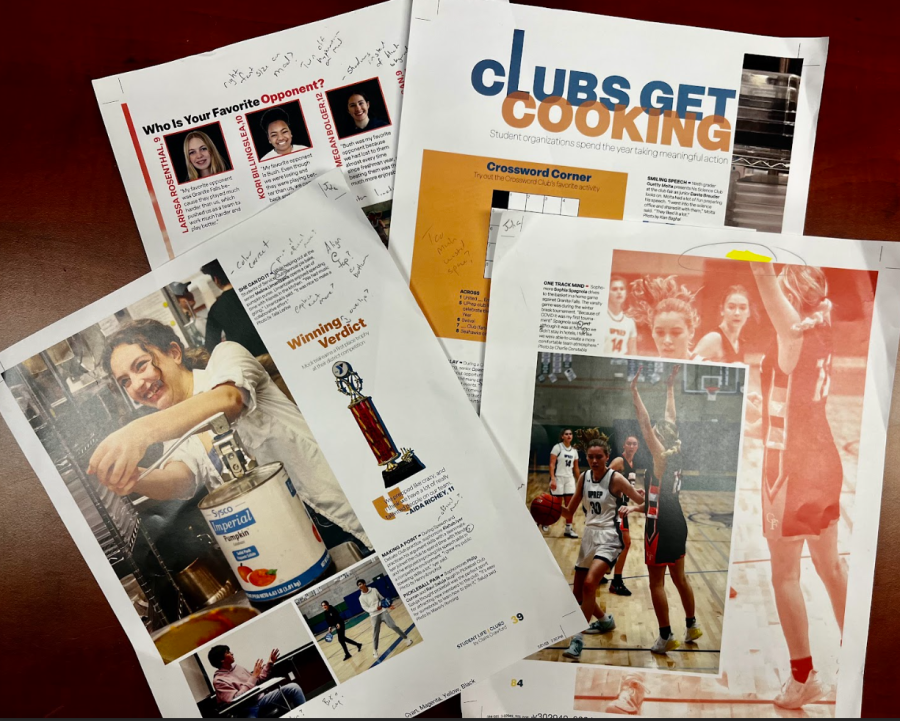Yearbook-in-Review
The University Prep Yearbook sums up the year into a couple hundred pages. It has everything from sports, to affinity groups, to robotics club. Most students will only see the final version, and only a handful of students fully understand the complicated process.
According to senior Max Rubenstein, one of three editors-in-chief, the first step in the design process is coming up with a theme.
“From the beginning of the year, I went along with my co-editors, Julia and Talia, make all of the design choices for the book,” Rubenstein said. “That’s fonts, colors, theme elements, how different mods are gonna look, how we want photos to be framed, all those types of things.”
After determining a theme, the three editors will divide the rest of the yearbook staff into teams, where they will work together to make page-layouts, or spreads.
“I work with groups of either one or two people, and we have about a month and a half to create a spread,” Rubenstein said. “I coach them throughout that process, answer any questions they might have, and then check out their drafts along the way.”
Rubenstein has been on staff for three years, but many of his classmates are newcomers. While the editors may have a vision, a large part of their job is coaching the staff through how to bring that vision to life.
“A big part of my role is working with younger students who are in the class to teach them how to make a good yearbook, what goes into a good story, how to take journalistic photos, and all those types of things,” Rubenstein said.
According to Rubenstein, communication is a challenge.
“You really rely on people so much to meet the deadlines and make sure that all of their work is the quality that we’re looking for; that they’re listening to our comments,” Rubenstein said. “A lot of times those things don’t happen, and I have to have a lot of patience and grace.”
Another challenge that Rubenstein faces are the three hard deadlines that the yearbook must meet.
“One was at the beginning of February. One is March 21. And then the last one is April 4,” Rubenstein said. “At all three deadlines, we submit a certain number of pages, and we get back proofs which are like hard copies of how they look in the book.”
Your donation will support the student journalists of UPrep.

Ethan Matsubayashi is one of the print editors-in-chief of the Puma Press. He has been on staff for three years and is excited to explore innovative formats...

